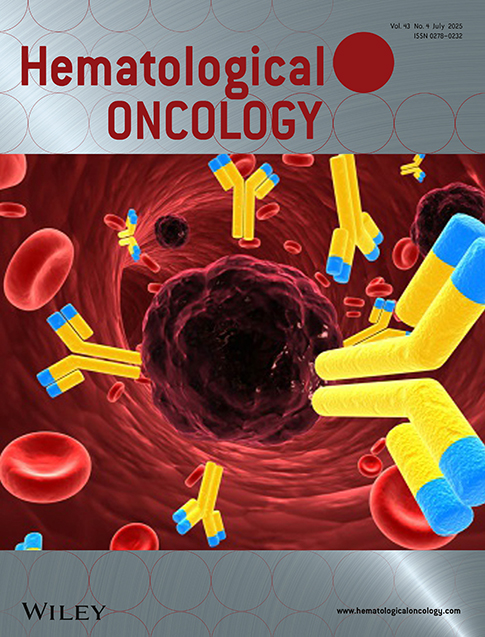Comparison of the performance of anti-CD7 and anti-CD38 bispecific antibodies and immunotoxins for the delivery of saporin to a human T-cell acute lymphoblastic leukemia cell line
Abstract
We have investigated the cytotoxic performance of two different anti-CD7/anti-saporin BsAb's (HB2 × DB7-18 and Q1.1), three anti-CD38/anti-saporin BsAb's (OKT10 × RabSap, OKT10 × DB7-18 and Q4.1) and an anti-CD7 (HB2-Sap) and anti-CD38-saporin (OKT10-Sap) immunotoxin for delivering the ribosome inactivating protein (rip) to the human T-cell acute lymphoblastic leukemia cell line HSB-2. In the case of CD7 as target molecule the immunotoxin outperformed both anti-CD7 BsAb's being six times more effective than HB2 × DB7-18 and 98 times more so than Q1.1 at effectively inhibiting protein synthesis in a dose dependent manner. The chemically constructed HB2 × DB7-18 BsAb was more effective at inhibiting protein synthesis and cell growth in target HSB-2 cells in a dose dependent manner than the quadroma produced BsAb Q1.1. Both BsAb demonstrated a prozone effect used at concentrations above 0.1 nM though this was more pronounced for Q1.1 than for HB2 × DB7-18. The prozone effect was partially though not completely reversed by increasing the concentration of saporin in the system. In the case of CD38 as target molecule the anti-CD38 IT OKT10-Sap performed poorly, never actually achieving its IC50. Two BsAb's constructed with monoclonal anti-saporin Fab arms each recognizing a different epitope on the saporin molecule also performed poorly. IN contrast the BsAb OKT10 × RabSap constructed with Fab derived from a rabbit polyclonal anti-saporin antiserum performed in a dose dependent manner achieving its IC50 at a concentration of 1.3 nM. This BsAb also exhibited a prozone effect. These results exemplify the importance of cross linking adjacent target molecules on the cell surface in order to achieve effective delivery of saporin to the cell interior.




